Polished Concrete Floor Crack Repair: Why It Matters And How To Do It Right?
You’ve got that gorgeous polished concrete floor in your home or business, but uh oh – a nasty crack has appeared, marring its sleek beauty. Don’t panic! Cracks happen, but with the right repair approach, you can make it look flawless again. In this blog, we will guide you with the aid of floor polishing in Geelong experts on the topic of why those cracks form, how to properly prepare for repair, what products work best, and step-by-step instructions to seamlessly patch cracks for a polished concrete floor that looks pristine.
With a little time and effort, you can restore your concrete to its original unbroken elegance. Let’s get that floor fixed up, right!
Why Proper Crack Repair Is Essential for Polished Concrete Floors?
If you’ve invested in polished concrete floors, protecting them should be a top priority. Cracks in the concrete threaten the beauty and durability of your polished floors. Left unaddressed, cracks can worsen over time and become more difficult to repair. Proper crack repair helps preserve the appearance of your floor and prevents further damage. Here are reasons why proper crack repair is essential.
Prevents Water Damage
Unrepaired cracks in concrete provide an easy pathway for water to seep into the floor. Water exposure leads to a multitude of issues like staining, pitting, and deterioration of the concrete. Filling cracks helps create a watertight seal and protects against water damage. The repair material you choose should be specifically designed for use in concrete and capable of withstanding exposure to moisture.
Limits Staining
As cracks widen over time, they become more prone to staining from spills, leaks, and other contaminants. Stains that penetrate into cracks can be difficult to remove and often require intensive cleaning or resurfacing of the concrete to eliminate. Repairing cracks helps prevent unsightly stains before they start and maintains the appearance of your polished floor.
Stabilises the Floor
Widening cracks in concrete floors can compromise the stability and integrity of the floor over time. As cracks spread further apart, the concrete slabs begin to move independently, creating an uneven surface. Filling cracks helps fuse the concrete slabs back together, stabilising the floor. The repair material should be strong yet flexible enough to withstand the natural expansion and contraction of the concrete.
Protecting your investment in polished concrete floors starts with diligent crack repair. Repairing cracks in a timely manner helps prevent damage, protects the appearance of your floor, and stabilises the surface—allowing you to enjoy your polished floors for years to come. With the proper technique and high-quality materials, you can effectively repair cracks and keep your concrete floors looking their best.
Identifying Different Types of Cracks in Concrete
Here are the different types of concrete cracks explained:
Hairline Cracks
The most common cracks you’ll find in concrete floors are hairline cracks. These are very narrow cracks, less than 1/8 inch wide. They’re typically caused by minor shrinkage in the concrete as it cures. Hairline cracks are usually not a structural concern, but they can still allow water and chemicals to seep into the concrete. For polished floors they need to be filled to maintain the smooth surface.
Wide or Deep Cracks
Wider cracks, 1/8 inch or more, or cracks that extend deep into the concrete can be a sign of structural issues and may require professional repair. These are often caused by excessive loading or uneven settling of the concrete foundation. If left unaddressed, wide or deep cracks can continue to spread and worsen over time. It’s best to have these evaluated by a concrete repair professional to determine the underlying cause and appropriate solution.
Corner Cracks
Cracks that start at corners, angles or joints in the concrete are also common and can be caused by normal expansion and contraction of the slab during temperature changes. However, extensive corner cracking can sometimes indicate structural damage or instability in the subgrade beneath the concrete. It’s a good idea to monitor corner cracks to ensure they do not widen or propagate significantly over time.
When to Call a Professional Floor Polishing Expert for Crack Repair?
Sometimes, concrete floor cracks are simply cosmetic, but other times, they can indicate structural issues that require professional repair. As a homeowner, it’s important to understand that DIY crack filling won’t cut it, and you need to call in the experts. Here are some cases where you need to call a professional floor polishing expert to repair cracks:
Major cracks
If you have cracks wider than 1/4 inch, it’s best to call a professional concrete contractor. These wider cracks often penetrate deep into the concrete and require special materials and techniques to properly fill and seal. DIY crack fillers typically can’t span gaps this wide and won’t provide a long-lasting solution. Professionals can inject epoxy or polyurethane into the crack or apply concrete patches for a durable repair.
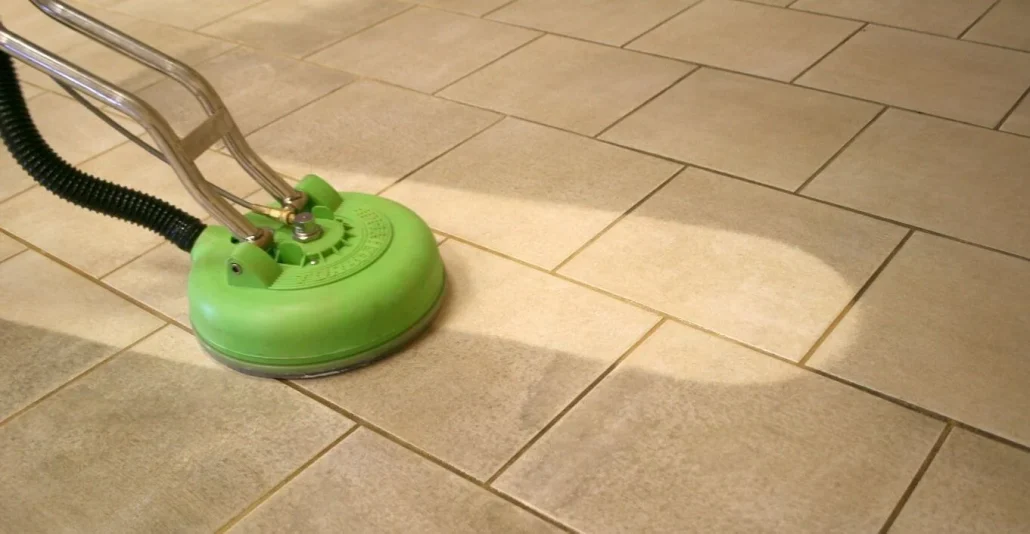
Cracks that keep reappearing
If you’ve filled cracks in your concrete floor, but they continue to widen, or new cracks form nearby, that signals an underlying problem that needs to be addressed. Continually filling the same cracks is not a permanent solution, and the issue will likely worsen over time. A professional can evaluate why the concrete is cracking and perform necessary repairs like installing concrete anchors, slabs, or beams to stabilise the floor.
Cracks in high-traffic areas
Cracks in driveways, garages, and other areas where vehicles travel, or heavy equipment is used require professional repair to stand up to the pressure. DIY crack fillers and sealants won’t last long under heavy loads and traffic. Professionals have access to commercial-grade materials specifically designed for repairing and resurfacing concrete in industrial settings and high-traffic environments.
Structural cracks
Some cracks in concrete floors can indicate structural damage or deterioration. Cracks that run diagonally across the floor cracks that cause the floor to slope or become uneven, and cracks accompanied by crumbling or spalling concrete are signs you likely have a structural issue. It’s best to have a professional evaluate the floor as soon as possible to assess the severity of the damage and perform necessary repairs to prevent further damage to the foundation. DIY repairs in these situations may do more harm than good.
When your concrete floor cracks start hinting at bigger problems, it’s time to call the experts. Professional floor polishing Geelong contractors have the knowledge, experience, and tools to thoroughly evaluate damage, perform lasting repairs, and ensure the safety of your floor. For major cracks, continual cracks, cracks in high-traffic areas, or signs of structural damage, professional help is the way to go.
DIY Repair Options for Minor Cracks
When your polished concrete floor develops small cracks, you have a few options for fixing them yourself. The key is to address them promptly to avoid further damage.DIY options to repair minor cracks are:
Epoxy Injection
For narrow cracks (1/8 inch or less), an epoxy injection kit can work well. You inject an epoxy resin into the crack, which then hardens to bond and seal the concrete. After cleaning and widening the crack slightly, you place injection ports along its length, spaced a few inches apart. Attach injection tubes to the ports, then use a caulk gun to pump epoxy through the tubes until it emerges from the next port. Once cured, the epoxy permanently repairs the crack.
Concrete Patching Compound
For slightly wider cracks (up to 1⁄2 inch), a concrete patching compound can be effective. After cleaning and roughing up the crack, apply the compound with a putty knife or trowel. Press it firmly into the crack, then smooth it so it’s slightly higher than the floor surface. Let it dry completely, then sand it down level with the floor. These compounds contain cement and epoxy resins to create a durable patch. They may need to be reapplied periodically as the floor expands and contracts.
Gravity-Fed Crack Filler
For hairline cracks where injection isn’t possible, a liquefied crack filler can work using gravity alone. Clean and widen the crack, then pour the filler over the top. It will seep into the crack, filling it from top to bottom. Once cured, the filler helps prevent further damage while blending in with the concrete. These fillers typically contain epoxy or polyurethane, along with fine aggregates that match your floor’s colour.
With regular maintenance and prompt attention, minor damage to your polished concrete floor can often be repaired successfully on your own. However, for cracks wider than 1⁄2 inch or signs of structural damage, it’s best to call in a professional. They have the proper equipment, training, and materials to evaluate the situation and make necessary repairs to prevent unsafe conditions or further deterioration.
Step-by-Step Guide to Fixing Cracks in Polished Concrete Floors
When cracks start forming in your polished concrete floors, it’s important to take action quickly to prevent further damage. Here’s how you can tackle cracks in your concrete and get your floor looking smooth again.
Clean and widen the cracks
First, use a wire brush or chisel to widen and clean out any debris from the cracks. Wider cracks, at least 1⁄4 inch across, are easier to patch and seal. Vacuum away the dust to ensure the crack is clean.
Apply concrete patch compound.
For small to medium cracks, apply a concrete patch compound, which is available at your local hardware store. Mix the compound according to the directions and trowel it into the cracks, smoothing it out so it’s level with the surrounding concrete. Let it dry completely, usually 3 to 5 hours.
Seal and protect
Once the patch compound has dried, apply 2-3 coats of concrete sealant or epoxy over the top. This protects the patch, waterproofs it, and strengthens your concrete floor. Let each coat dry in between applications. For larger cracks or damage, you may need to apply a concrete patch tape or mesh first before sealing.
Grind and re-polish (if needed)
If the crack repair has left your floor with an uneven surface, you’ll need to regrind and re-polish the area to restore the smooth finish. Rent a concrete grinder to grind away the excess patch compound and any high spots. Then, re-polish the area using progressively finer grits of polishing pads on the grinder.
Buff the area with a diamond polishing pad to bring back the shine. With some elbow grease, you can patch cracks in polished concrete floors and have them looking as good as new. Stay on top of regular maintenance and sealing to help prevent future cracking.
Conclusion
So there you have it – now you know why it’s so important to repair cracks in your polished concrete floors and how to tackle the job the right way. With a bit of patience and the proper materials, you can make those unsightly cracks disappear and restore the beautiful, smooth finish you want. Just take it slowly, thoroughly clean out each crack, use high-quality repair products, and allow time for curing.
Follow the steps, and you’ll have floors that look brand new again. If you feel that the situation with your concrete is difficult, do not hesitate to reach out to a floor polishing expert. As they are experienced and knowledgeable regarding cracks, fix your floor with ease, and assure you of their services, it will look brand new again.
So why wait? Transform your space with our expert floor polishing Geelong and repair services. From restoring the shine to fixing cracks and damages, Total Floor Service has you covered. Get in touch now for a flawless floor makeover! Revitalise Your Floors Today!


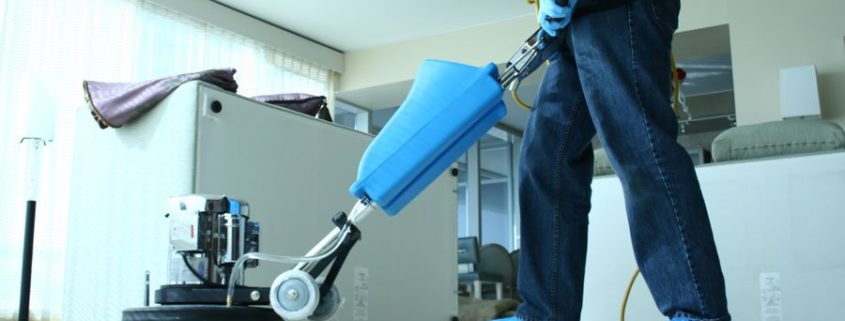
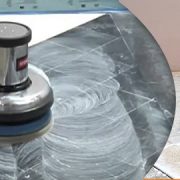
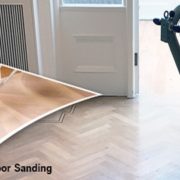
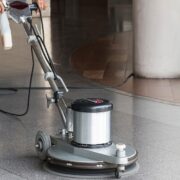


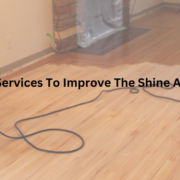

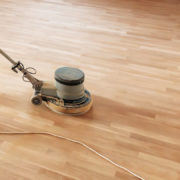
 Address:
Address:  Phone:
Phone:  ABN: 63 602 512 489
ABN: 63 602 512 489




